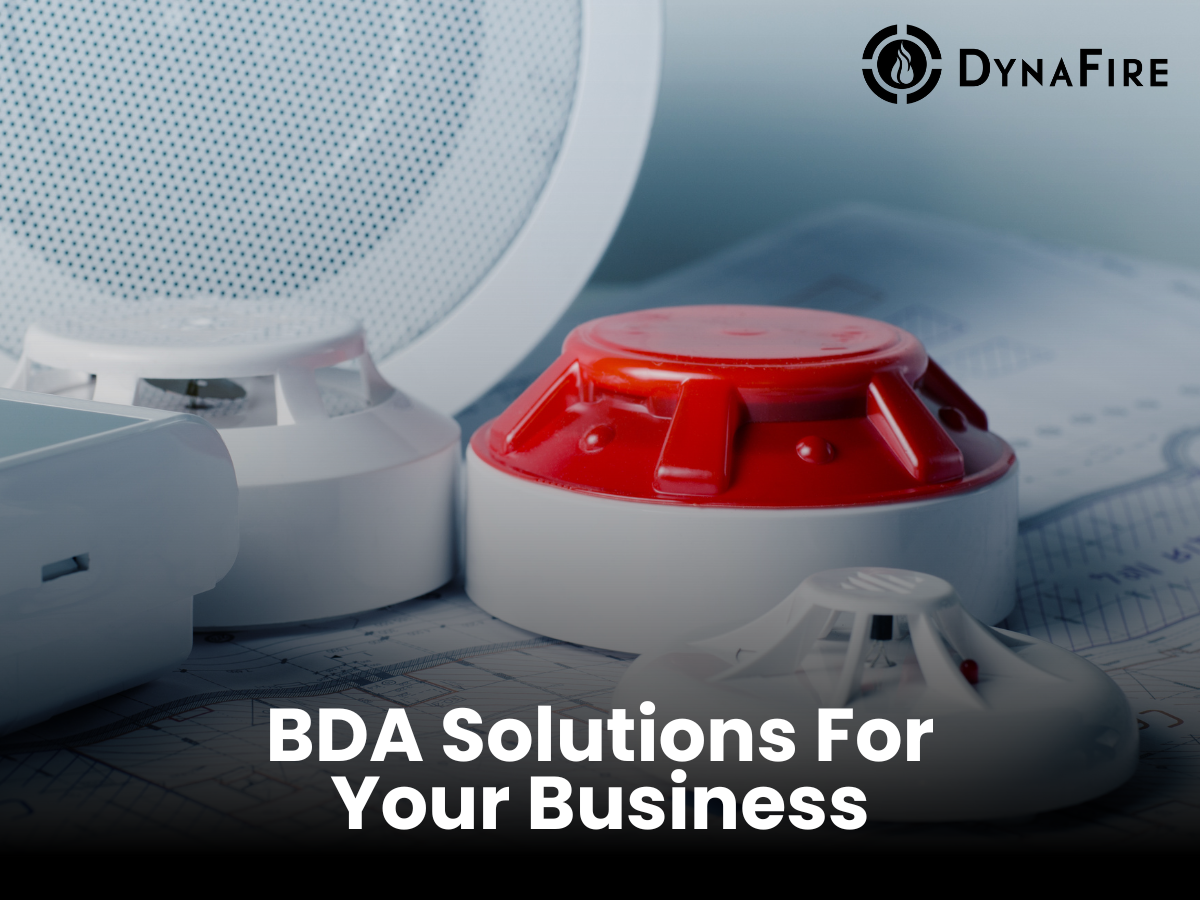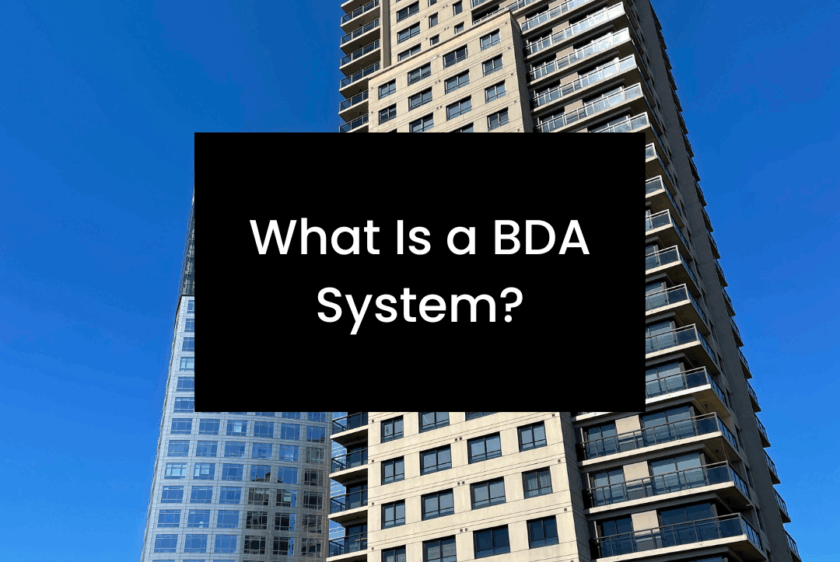What is a BDA system? Learn why it’s essential for in-building emergency communication and how it supports first responders. We’ll also dive into key components, compliance info, and expert tips.
When emergency responders enter a building, clear radio communication can mean the difference between life and death. But in many modern structures—especially those made of concrete, steel, or energy-efficient materials—radio signals can be severely weakened or blocked. To fix this, more jurisdictions are requiring the installation of BDA systems.
If you’re wondering, “What is a BDA system?” and, “Does my building need one?” this guide will walk you through the essentials—how it works, why it matters, and what’s involved in installation.
What Is a BDA System?
A BDA system, or Bi-Directional Amplifier system, is an emergency communication solution that improves two-way radio coverage inside buildings. It ensures that first responders, such as fire, police, and EMS, can communicate clearly from anywhere on the property, even in areas where signals would otherwise drop out.
These systems capture the outdoor public safety radio signal through a donor antenna, amplify it, and distribute it throughout the building using a network of internal antennas. The system also boosts the return signal from radios inside the building back out to dispatch or other units.
BDA systems are not cell boosters or Wi-Fi extenders—they are life safety systems designed specifically for use with public safety radio networks.
Why Are BDA Systems Important?
Reliable communication is essential in emergencies. Without it, first responders may be unable to coordinate, request backup, or receive critical updates while inside your building. This can delay response efforts and put both occupants and emergency personnel at greater risk.
Common problem areas for radio coverage include:
- Stairwells
- Basements and parking garages
- Mechanical and electrical rooms
- Elevator shafts
- Large or sprawling interior spaces
By improving in-building coverage, BDA systems eliminate dangerous dead zones and support compliance with modern fire and building codes.
Are BDA Systems Required?
More often than not, yes. Whether your building needs a BDA system depends on a few key factors:
- Local Code Requirements: Many municipalities in Florida—including Orlando and Clearwater—follow the International Fire Code (IFC) or NFPA standards that require sufficient signal strength for emergency radios inside new and existing buildings.
- Signal Survey Results: A radio frequency (RF) test conducted by a qualified technician determines if your building meets the required thresholds. If it doesn’t, a BDA system will likely be mandated by the Authority Having Jurisdiction (AHJ).
Buildings that most often require BDA systems include:
- High-rise and multi-story buildings
- Hospitals and medical centers
- Schools and universities
- Warehouses and industrial spaces
- Airports, hotels, and event venues
How Does the Installation Process Work?
Installing a BDA system involves more than just mounting equipment—it’s a multi-step process that requires technical expertise and code compliance at every phase.
Here’s what you can typically expect:
- Signal Survey – A professional test is conducted to assess whether a system is needed.
- System Design – Engineers develop a plan for antenna placement and signal coverage based on your building layout.
- Permitting – The design is submitted for approval to the AHJ or fire marshal.
- Installation – Certified technicians install the donor antenna, amplifier, internal antennas, power source, and monitoring equipment.
- Acceptance Testing – After installation, the system is tested with fire department oversight to verify compliance.
- Ongoing Maintenance – Annual inspections and battery testing are typically required to maintain certification.
Working with an experienced provider helps avoid delays and ensures your system passes inspection the first time.
What to Look for in a BDA System Provider
Because these systems are tied to emergency communication, it’s essential to work with a provider who understands both the technical side and the local code landscape.
Look for a BDA provider that:
- Has experience with NFPA and IFC-compliant systems
- Works directly with your local AHJ
- Offers design, permitting, installation, and maintenance
- Uses tested and approved equipment
- Provides ongoing support for system updates and annual testing
At DynaFire, we specialize in delivering code-compliant BDA system installations throughout the southeast. Our team handles everything from surveys to final inspection, and we stay up to date with the latest requirements in every market we serve.
What is a BDA System?
It’s a vital part of your building’s life safety infrastructure. As emergency radio coverage becomes a more common code requirement, it’s critical to ensure your property meets the standard.
If you’re unsure whether your building requires a BDA system or need help navigating local regulations, contact us today. We’re here to help you protect your building—and the people inside it.






